Glycerin soaps are commercially available, or you can make them at home. Glycerin soap is translucent, unless color is added. Optional ingredients add scent, nutrients, color and texture. Glycerin soap is advocated as a cleanser that is gentler and easier to rinse off than other types of soap, and is often suggested for people who suffer acne or who have sensitive skin. It’s also touted as a natural emollient that keeps skin from getting too dry. In addition to glycerin, the soap generally has several ingredients.
Alcohol
A basic ingredient for glycerin soap is alcohol, a polyglycol. Alcohol is needed for transparency and to prevent large crystals from forming. If you're making your own soap, you can use synthetic alcohols such as triethanolamine, or use ethyl alcohol, grain alcohol or even high-proof vodka. While alcohol is crucial to transparency, it does require safety precautions, such as making small batches and monitoring them closely because you're taking a substance with a low flash point and exposing it to heat and air, according to “The Soapmaker's Companion: A Comprehensive Guide With Recipes, Techniques and Know-How,” by Susan Miller Cavitch. Commercial soapmakers get around this issue by injecting alcohol and other ingredients into a soapmaking vessel that has no air exposure.
Lye
Lye is another basic ingredient of many soaps, both commercial and homemade. Lye is the base ingredient that makes soap an acid. To make the soap acid, consisting of the fats and oils, it needs to come into contact with a base--such as lye--to produce soap in a chemical process called saponifying, according to “The Soapmaker’s Companion.”
Sugar
Sugar is another polyglycol that is added to saponified soap to dilute it and make it clearer and brighter. Castor oil an also aid in transparency. Ratios for these ingredients are important when making soap. Too much sugar, for example, can lead to a soap that is soft, sticky and “sweats,” according to “The Soapmaker’s Companion.”
Moisturizers
Moisturizing agents like cocoa butter, aloe, honey, vitamin E, olive oil or sesame oil are often added to both commercial and homemade soaps. Coconut and palm kernel oils are especially popular because they help make a fluffy lather thanks to their high lauric acid content.
Essential Oils
Essential oils are often added to glycerin soaps for either therapeutic reasons or for their scent. These include lavender, sandalwood, orange, rosemary, basil, anise, sage, dill, geranium, grapefruit, vanilla, tea tree, sage and lemongrass. There are more than 100 essential oils that soapmakers and soap companies can choose from.
Dyes
Some glycerin soaps are clear, while others have color added. Some people add food coloring to homemade soaps. You can buy both liquid and powder soap dyes at craft stores. Commercial soaps may also use dyes regulated under the Federal Food, Drug and Cosmetic Act such as FD&C Blue No. 1.
Other Ingredients
Other ingredients, such as oatmeal, finely ground almonds, cornmeal, dried orange peel, flower petals and glitter are sometimes added to soaps to either give them a scent or add to their visual appeal. Herbs are a common ingredient, with chamomile, lavender and peppermint leaves being popular.
Related Articles

Ingredients of Fels Naptha
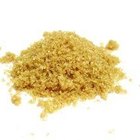
How to Make Sugar Soap
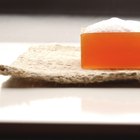
Ingredients of Bar Soap

How to Make Homemade Liquid Rouge

Ingredients in Wheat Thins

What Is Triple-Milled Soap?
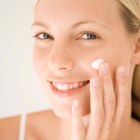
How to Make Homemade Green Tea ...
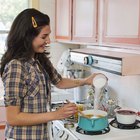
How to Make Liquid Sugar Concentrate

How to Make Alcohol at Home
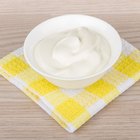
What Are the Ingredients in Yoplait ...

What Is Triple Milled Soap?

How Does Homemade Soap Compare to ...
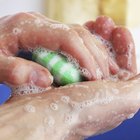
Why Soap Lathers
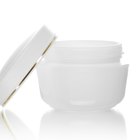
Ponds Dry Skin Cream Ingredients
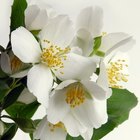
How to Make Your Own Essential Oil ...
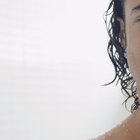
Ingredients of Axe Body Wash

How to Make Perfume With Pumpkin & ...

Ingredients in Dial Liquid Soap

Bath Salt Vs. Bath Beads

What Are the Main Ingredients of Bath ...
References
- AromaWeb: Essential Oil Profiles
- Miller's Homemade Soap Pages: Tips on Making Clear Glycerin Soap
- “The Soapmaker's Companion: A Comprehensive Guide With Recipes, Techniques and Know-How;” by Susan Miller Cavitch; 1997
Resources
Writer Bio
Linda Tarr Kent is a reporter and editor with more than 20 years experience at Gannett Company Inc., The McClatchy Company, Sound Publishing Inc., Mach Publishing, MomFit The Movement and other companies. Her area of expertise is health and fitness. She is a Bosu fitness and stand-up paddle surfing instructor. Kent holds a bachelor's degree in journalism from Washington State University.